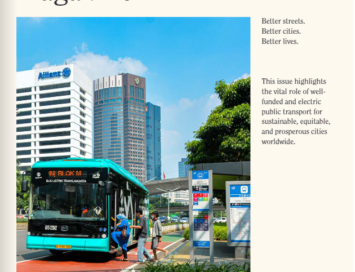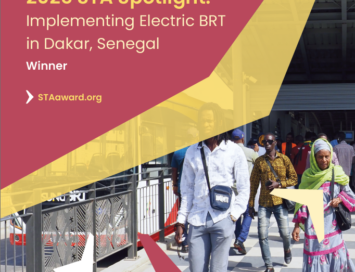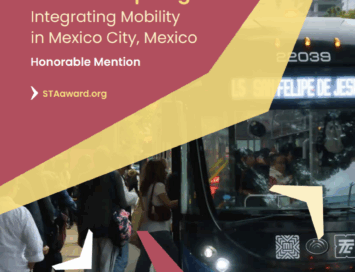Indicators for Sustainable Mobility
ITDP’s new Atlas of Sustainable City Transport has updated most of the data in ‘Indicators for Sustainable Mobility’. The Atlas is easier to use, more detailed, worldwide, and the data is up-to-date. The Atlas also includes even more data, including measurements of public transport and bicycle infrastructure. ‘Indicators for Sustainable Mobility’ is still available for research and planning. Learn more about the Atlas and related resources here.
Many US cities are failing to connect people to jobs through mass transit, according to a new report from ITDP that uses census and employment data to establish 12 new benchmarks for how mass transit systems serve urban populations. More than one third of the US cities surveyed—all with significant climate change risk—have grown without developing any substantial mass transit systems to serve their populations.
The new report, Indicators for Sustainable Mobility, defines criteria to evaluate mass transportation systems and then uses the criteria to assess 20 cities in the US and compare the scores to those of eight cities in Canada and Mexico. ITDP developed a series of indicators based on three categories: proximity to transit, access to opportunity, and city characteristics. In other words: How far you live and work from a frequent or rapid transit corridor, how many jobs are available to you within a one-hour transit commute, and how densely organized the city is, allowing you to access more in shorter distances.
In Opportunities for Increasing Sustainable Transport: Spotlight on Dallas, Denver, Nashville, ITDP takes a more in depth look at how U.S. cities are implementing sustainable transport and shifting away from drive-alone trips. Dallas, Denver, and Nashville were specifically selected for this report based on population growth, comprehensive plans, infrastructure funding commitments, and political leadership. The report highlights opportunities and includes recommendations for short and long term strategies to improve sustainable mobility.

So how does your city measure up when it comes to proximity and access to transit? View the results on our online, interactive data portal here.
Press Release: As Climate Change Risks Escalate, Many US Cities are Still Hitching their Future to the Tailpipes of Automobiles (doc)
Press Contacts:
Dan Klotz, +1 301-280-5756 / [email protected]




